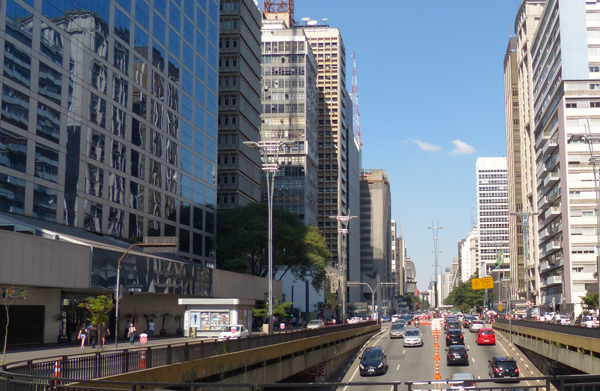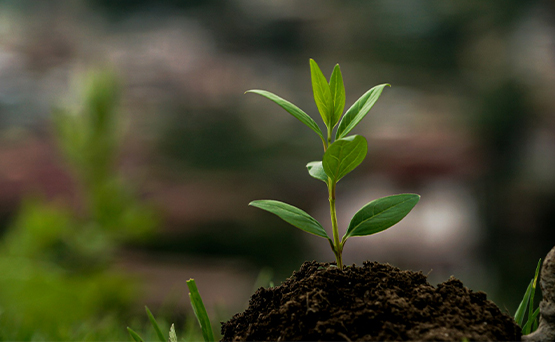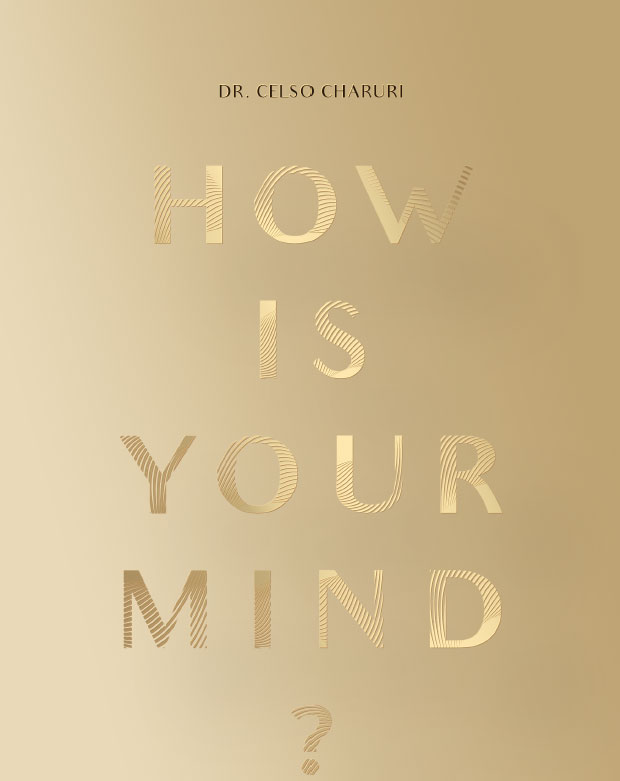In the predictable, a look towards the unpredictable
In the predictable, a look towards the unpredictable

The battery of the good old clock on the living room shelf ran out, and time was no longer being counted. The family in that house also took a break from the rush of everyday life, after all, it was the year-end holidays; why look at the clock? The schedule was turned to other objectives. But even without the clock hands moving, time, implacable, ran its course, having the Sun and the Moon as witnesses. In its comings and goings, little by little it brought back the routine. The last week of holidays came, the last days, the last hours… and then the family was back home. Commitments were also back. At home, the laundry to do; at work, the decisions to make… It was a new year and the routine, the same as always. But what is routine?
From the dictionary, it is a constant practice or habit, a sequence of activities, events, or steps always occurring or carried out the same way. In common sense, meanings like these often come charged with feelings of sorrow and the so-called “back to the grind” may be a point of suffering for many people. But the etymology of the word itself may lead us to a different way of living the day-to-day. Routine has its origins in French: routine from route, meaning “path”. One way to interpret routine then, would be a known path on which we constantly walk. What makes the difference then as we tread it, since it’s always the same?

Neuroscience shows us the brain is intelligent even in using energy. Alone, it is responsible for about 20% of the body’s energy consumption, so it tends to save it and so prioritizes the command of customary actions, routines, since absorbing new knowledge demands different connections and neural circuits, which consumes more energy. That’s why, when walking the same street, the person might be in “auto mode” and routine is the mere treading on that path where nothing – in their eyes – changes.
But Neuroscience also says that, when a person is motivated, the brain recognizes there is a reward in spending energy to perform the action and the neurons form new synapses and “light up” different areas of the brain. The brain then absorbs and fixes the new information, and learning takes place. Therefore, if we, when going along the same street, search for the unusual, or even have an uncommon thought about something ordinary, the path will always have something different and routine becomes a learning opportunity.
We may then have the understanding that “breaking the routine” is related to the angle from which we perceive our daily lives, and not exclusively to changing the sequence of activities and duties. It is the challenge of pursuing the unpredictable inside the predictable.

Taking a trip or changing times in the schedule may favor an observation that is more curious, attentive, or even motivated about life, but still, the perspective depends on each person. Therefore, it doesn’t matter if the old clock tells the time again or not, if the family is traveling or is back home, looking at the new can happen at any time, including in that same route of every morning.
Sources
https://dicionario.priberam.org/rotina (accessed on January 26, 2024)
https://www.brainn.org.br/brainn-um-centro-de-pesquisas-sobre-o-cerebro/(accessed on January 26, 2024)
https://escolaeducacao.com.br/seu-cerebro-gasta-20-da-energia-do-seu-corpo-entenda/ (accessed on January 27, 2024)
https://www.terra.com.br/noticias/dino/especialista-explica-a-preguica-no-cerebro-e-mostra-como-e-possivel-elimina-la,472ce1543f2c8d29e7e2f458555c7a05gs65sveb.html?utm_source=clipboard
(accessed on January 27, 2024)









